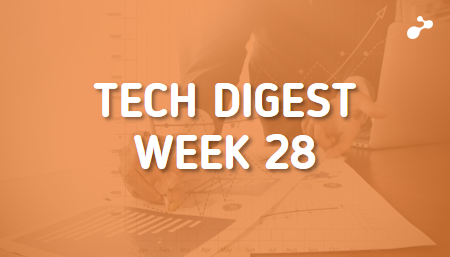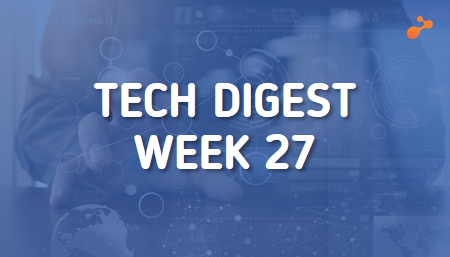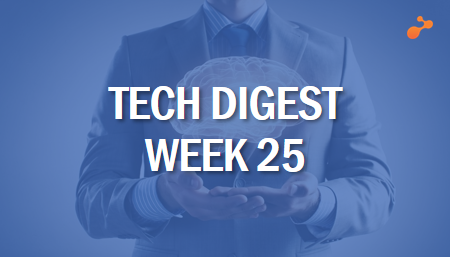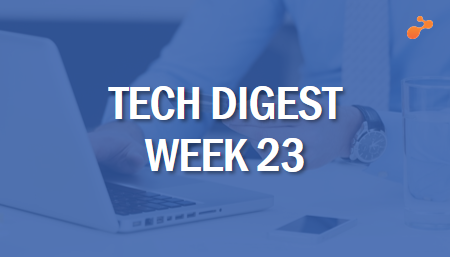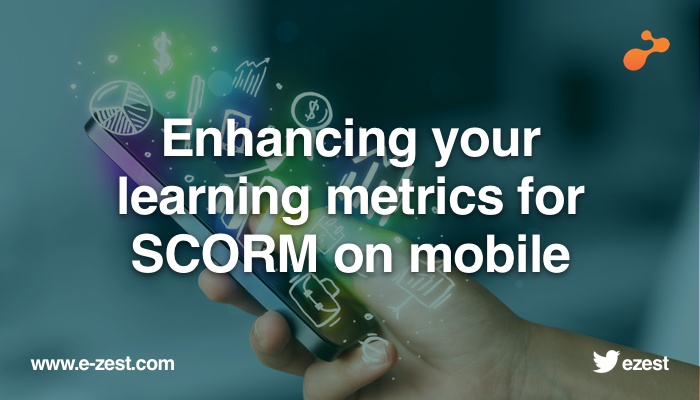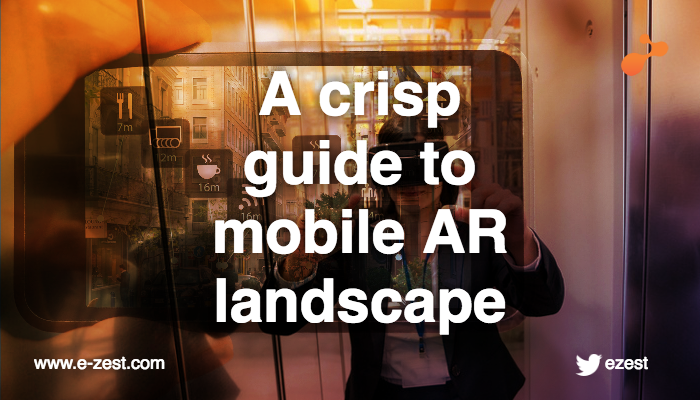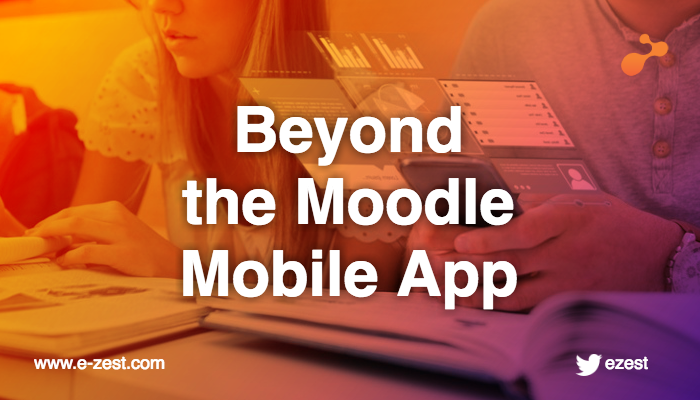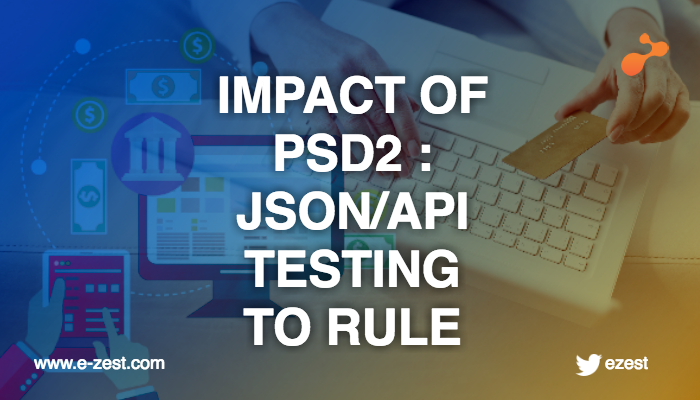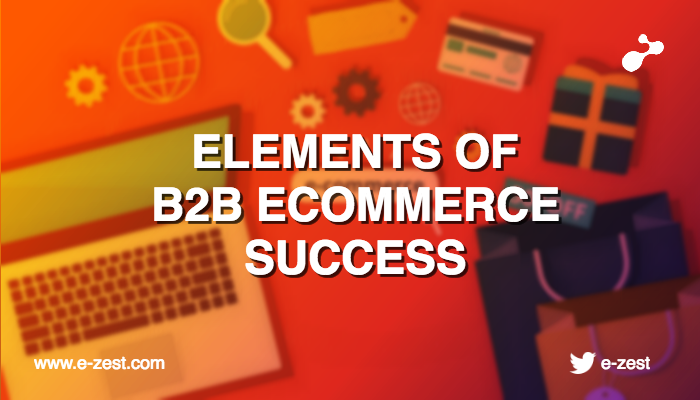
Today when we speak of ecommerce, we usually think of the conventional, consumer-based online shopping sites. Little do we know that these B2C ecommerce sales are almost half of the B2B ecommerce sales! So, what exactly is covered under this beast called B2B ecommerce? B2C and B2B are two types of commercial transactions where B2B stands for business-to-business. B2C is a process for selling products directly to consumers while B2B involves selling products or services to other businesses. When the transactions are carried online, it takes the form of ecommerce. It is important for the businesses to implement the right system for their customers as B2B and B2C differ fundamentally in complexity, scope, scale and cost etc.
Defining B2B customers
Business customers look at online purchasing quite differently. Their decisions are practical and logical, based on which provider ticks the most checkboxes on their list, who can accommodate them flexibly and who they can trust. A B2B ecommerce website should primarily focus on providing as much useful information and customer service as possible in as short a time frame. It is important to take care of the customers even after the conversion process as they are the ones that will act as ambassadors for your brand. These are the first of the basic differences between B2B and B2C ecommerce. We are mostly concerned about B2B ecommerce in this blog. So, let us look at a few characteristics of B2B ecommerce.
- Nature of business
For most of the B2B buyers, procurement is a part of their job. They're not shopping for leisure or entertainment and are buying supplies or services because they're paid to do so. They're also usually spending somebody else's money.
- Approval processes
B2B transactions are all about dozens of stakeholders, from order creators to financial procurement. The approval process here is critical and therefore, businesses must concentrate on providing and displaying the relative products.
- Value and frequency
B2B buyers indulge in purchasing hundreds or even thousands of items in one transaction.
- Fulfilment
In B2B ecommerce, the entire order is usually not shipped at once. The businesses focus on the speed of shipping and place efficiency and customer service above everything else.
- Pricing
The pricing strategy for B2B ecommerce businesses are different for different customer based on volume, duration of business, future prospects. One needs to have a competitive pricing, while managing the requirements of the customers.
- Auction
Another new aspect of pricing that is slowly getting popular in the ecommerce industry is the concept of dynamic pricing. It is being preferred by businesses because it allows greater flexibility without compromising on the brand value, and gives greater control over the pricing strategy.
- Payments
B2B ecommerce transactions have custom payment methods, Net30, Net60, purchase orders, etc.
- User experience
User experience in B2B ecommerce platforms is more complex and important as it needs to be kept as user-friendly as possible. The B2B channel requires advanced functionality to support sophisticated pricing and product configurations.
- Product catalog
B2B sites can have multiple views of the product catalog depending on the customer segment. B2B commerce platforms can no longer simply replicate an offline catalog; they need to include more and better product content, personalization, dynamic on-site searching, user reviews, social integration, video, and even mobile sites and apps.
There are some other aspects to B2B ecommerce that differentiates it from B2C ecommerce. Let us have a look at those in brief.
- Design of their online marketing
B2B sites, need to focus on quickly establishing a strong rapport with their customers and demonstrate that they can solve the business’ problems faster and more efficiently.
- Different checkout processes
Because the B2B ecommerce sites deal with more sensitive and expensive deals, they must take care of the checkout processes and make it as simple and hassle-free as possible. It is important to provide multiple contact details for security reasons.
- Customer logins
Customer log-ins in B2B transactions make them controlled and well-organised, making it easy to re-order.
To sum it up, while all ecommerce sites should focus on building a site that's simple, easy-to-navigate, beautiful and intuitive, B2B sellers should also give importance to providing B2B specific features that are attractive to their long-term customers.

